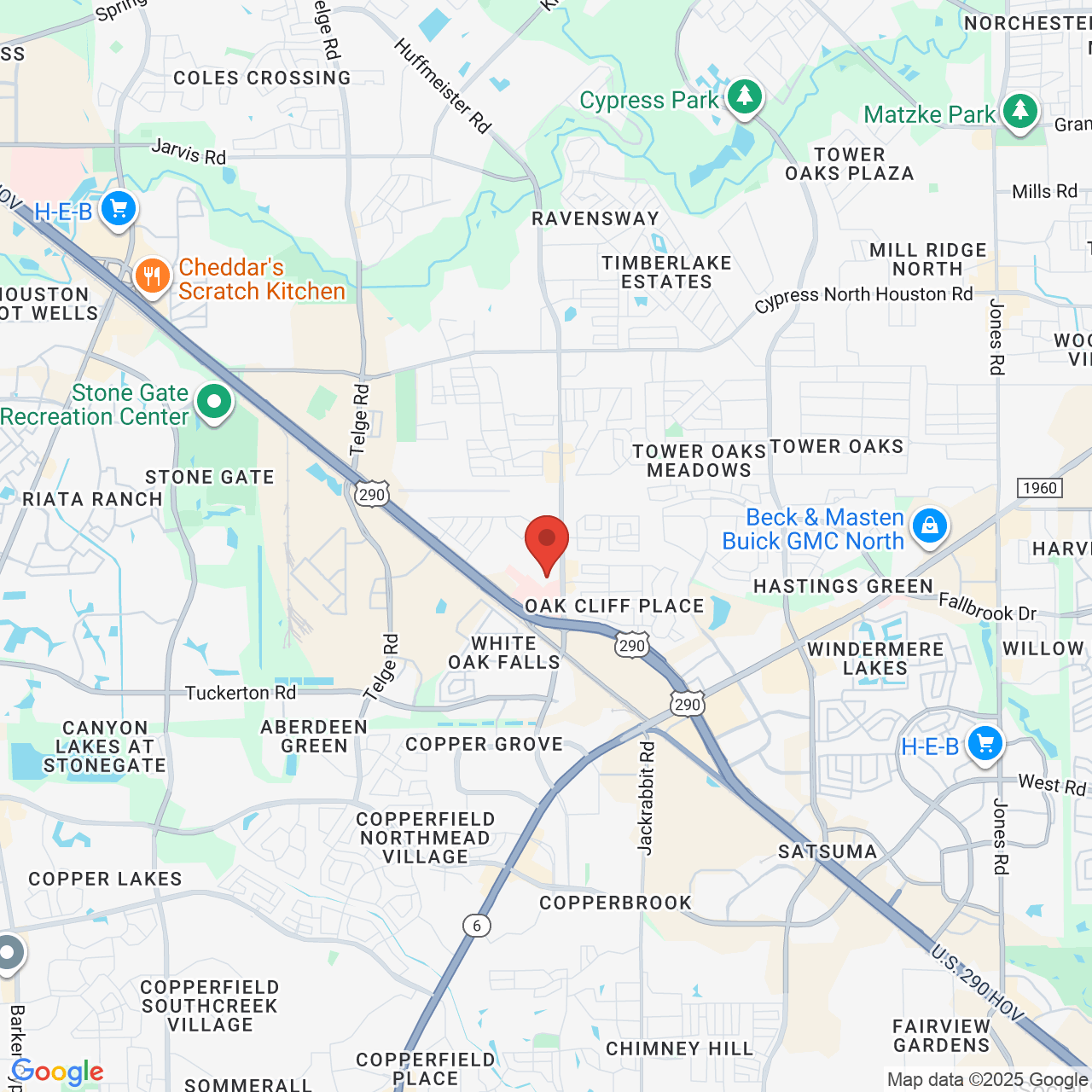Description
Dr. St. Laurent performs the loop duodenal switch for qualifying patients. The duodenal switch is essentially a combination of the gastric sleeve and gastric bypass procedures. The surgery has great success rates, and 90 percent of diabetic patients experience improvement or resolution of their diabetes after the procedure.
View transcript
One of the other types of bariatric procedures that we perform nowadays is the duodenal switch. The duodenal switch has actually been around for actually several decades. It was one of the first bariatric procedures that was performed in this country. We do a modification of the duodenal switch now called the "loop duodenal switch." And what that does is it provides a little bit better safety for the patient in terms of post-operative complications.
In essence, a duodenal switch is a combination of a gastric sleeve and a gastric bypass. In fact, that's really how the gastric sleeve developed. It came from the original duodenal switch. What we do with the duodenal switch is we first form a gastric sleeve, which is a little bit bigger than a normal gastric sleeve. And then add a component of malabsorption.
Now, the malabsorption we add is considerably more than what you see with the gastric bypass because, in that situation, we're going to be bypassing about 50% of the intestinal tract. Some of the advantages and benefits of the loop duodenal switch is the fact that we see better weight loss compared to gastric bypass and gastric sleeve. In addition, we see better resolution of diabetes. In fact, it's our best diabetic operation in that we see a 90% resolution or improvement in a patient's diabetes.
The only downside of a duodenal switch is that it is more reserved for more obese or larger individuals, patients with BMIs in excess of 50. In general, our criteria is that a patient has a BMI over 50 or a BMI between 45 and 50 with underlying diabetes that's more poorly controlled. Those will be ideal patients for duodenal switches or loop duodenal switches.
Just like with the bypass and the gastric sleeve, it's done laparoscopically, so it's a very safe procedure. It has low complication rates and a very good success rate. Everything else in terms of preoperative, postoperative diet is very similar to the gastric bypass and the gastric sleeve. And it's, typically, just an overnight hospital stay with patients being able to return to work in approximately a week.
So we select that procedure, basically, for super morbidly obese, but it's become a big part of our practice also. It represents right now about 5% of the procedures that we perform in our practice currently. But it just offers another tool for our patients to utilize in helping them with their weight loss journey.




































